Sodium polyacrylate polymers can soak 100 to 1000 times their own weight in water. This superabsorbent polymer (SAP) is now a major player in many industries. It has revolutionized how products maintain moisture and boosted efficiency.
This one material’s wide use in agriculture, hygiene, environmental cleanup, and even medicine shows its huge impact. It highlights how sodium polyacrylate is driving sustainability and better performance everywhere.
This is not our typical technology review, but more a chemistry and physical properties review.
We’ll explore the potential of sodium polyacrylate as we feel that although it’s been developed since the 60’s, many other applications still have to be imagined.
Key Takeaways
- Sodium polyacrylate is a superabsorbent polymer that can hold 100-1000 times its weight in water.
- It has diverse applications in agriculture, improving soil moisture retention and structure.
- The polymer is also widely used in hygiene products, including baby diapers and sanitary pads.
- Sodium polyacrylate plays a significant role in environmental remediation efforts.
- Innovations in medical uses include drug delivery systems and wound care solutions.
- We expect a lot more applications in various industries to come.
Sodium polyacrylate is a man-made polymer, known for its amazing features. It works as a sodium salt of polyacrylic acid. This substance can soak up water up to 1000 times its own weight. This makes it very important for many industries.
This compound is widely used in products we use every day. You’ll find it in baby diapers and adult hygiene items because it’s super absorbent. It’s also used in farming to help soil hold more water, leading to better crops. People like it because it’s safe for the environment and not too harmful -more on that below-. Scientists are finding new ways to use it, which might lead to big changes in several fields.
Properties of Sodium Polyacrylate
This polymer, so as the potassium version, has unique features, making it great for many uses. It’s important to know its chemical makeup, how much water it can hold, and if it can break down naturally. These qualities make it useful in many areas, from farming to personal care items.
The formula for sodium polyacrylate is (C3H3NaO2)n. It’s an anionic polyelectrolyte because of its structure. When it meets water, it turns into hydrogels. This makes it very useful for a lot of different uses.
Biodegradability potential: even though it’s man-made, sodium polyacrylate might break down naturally in some conditions. This means it could be used in a way that’s careful about plastic waste and caring for the planet.
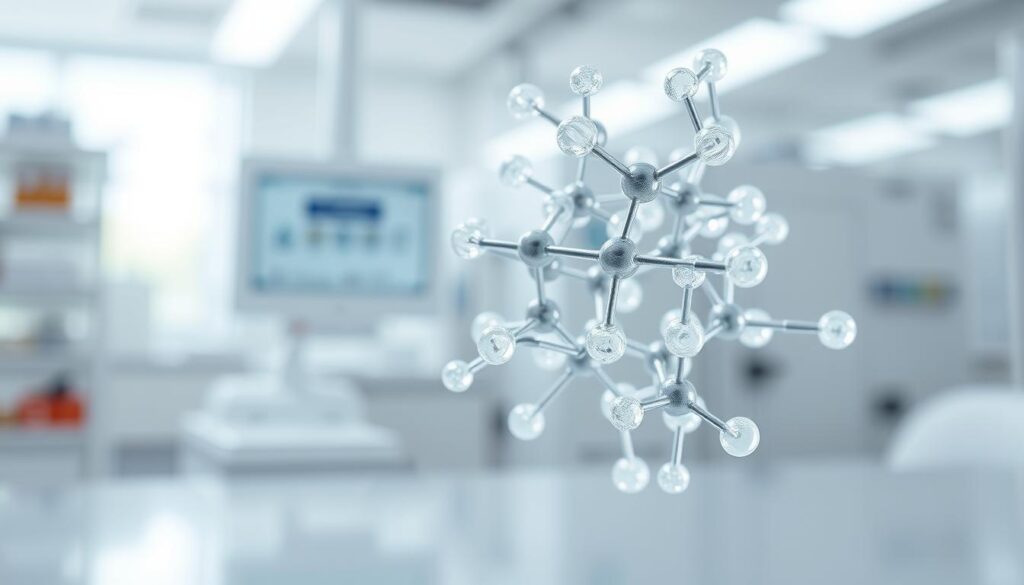
Historical Development
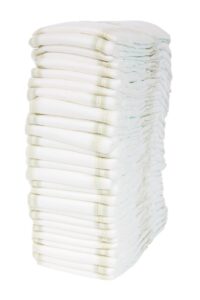
In the early 1960s, the U.S. Department of Agriculture started something big. Their research aimed to save water in farming. This important work was the start of superabsorbent polymers, improving soil health and water holding.
Later, big companies like Dow Chemical and DuPont saw how useful sodium polyacrylate could be.
By the late 1960s and early 1970s, they began to sell it widely.
It made things like ultra-thin baby diapers possible. These diapers were a hit because they worked well and were efficient.
Sodium Polyacrylate in Hygiene Products
Sodium polyacrylate boosts the quality of hygiene products. It’s great at absorbing and keeping moisture. This polymer is in many items that help keep people dry and safe.
| Hygiene Product | Application of Sodium Polyacrylate | Benefits |
|---|---|---|
| Baby Diapers | High absorbency and moisture retention | Prevents leaks, enhances dryness, improves skin health |
| Baby Wipes | Quick moisture absorption | Maintains cleanliness, provides comfort to infants |
| Sanitary Napkins | Fast absorption of menstrual fluid | Reduces leakage, enhances comfort, promotes discretion |
| Protective Gear | Moisture management | Ensures user comfort and safety |
Note to the video above: this illustrates one of the benefit sodium or potassium polyacrylate for agriculture, aka retaining rain into the soil. One should not forget that agriculture parameters are more complex, as keeping the soil constantly wet, without dry cycle, is not always a benefit for the plant and soil.
Sodium Polyacrylate: Applications in Agriculture
Sodium polyacrylate is becoming very popular in farming because of its amazing features. It helps improve soil water storage, leading to better plant growth. Farmers use it a lot to get more crops and save water and other important resources.
- Soil moisture retention: this polymer is great at keeping soil moist by forming strong groups that hold water. This means watering plants less often, which saves water and eases pressure on water supplies. It ensures plants get enough water, even in very dry areas.
- Improving soil structure and health: besides holding moisture, such compounds also makes soil better. It stops soil from getting too compact and helps air move through, which lets plants absorb more nutrients. This leads to healthier soil and more crops, making this polymer key for farming that cares for the environment.
- Utilization in water-retaining fertilizers: it’s also key in making special fertilizers that hold water. These fertilizers keep the soil moist and give plants the nutrients they need, vital for farming in a smart way. In dry places, such fertilizers are critical to keep crops growing strong.
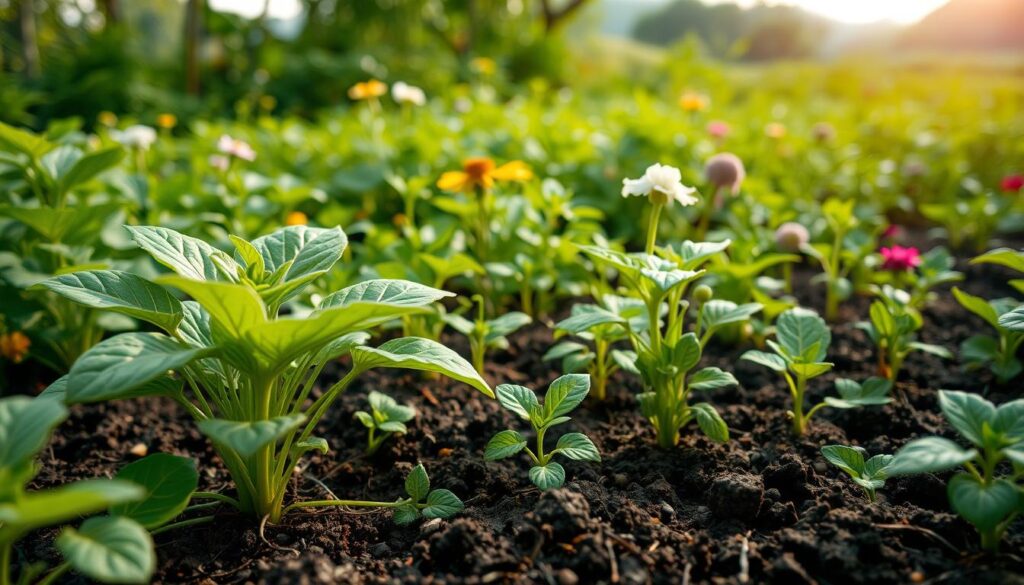
Sodium Polyacrylate in the Food Industry
This polymer has many uses in the food industry. It acts as a thickener and stabilizer to improve food texture. This makes sure products look and feel just right to customers. It helps food keep its perfect thickness, raising the food’s quality.
This substance is great at holding onto water. This is super helpful for keeping food fresh when it’s packed. It stops food from drying out, making it last longer. So, even when food is moved or stored, it stays tasty and fresh for customers.
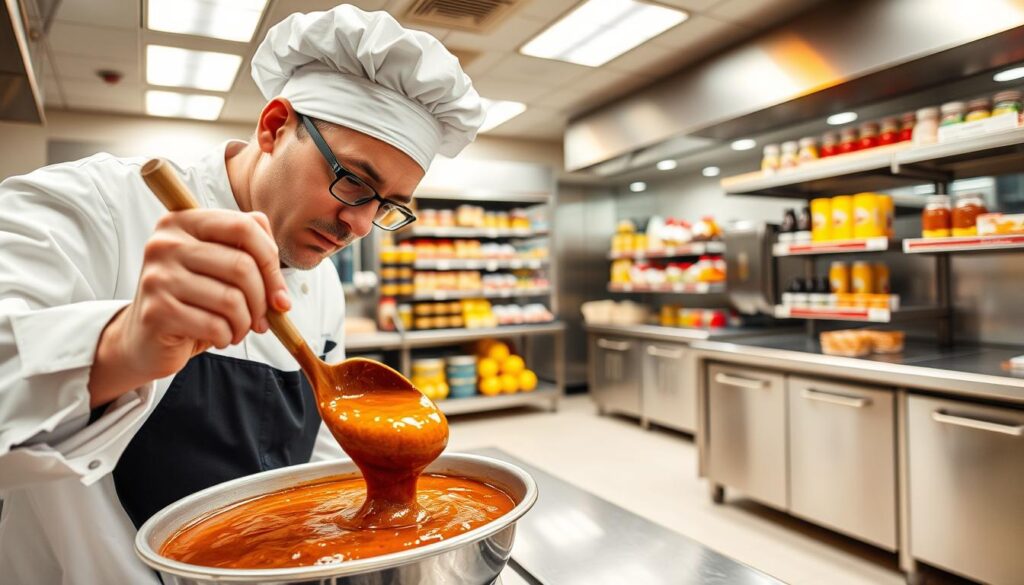
Sodium polyacrylate is one of the new ways to process and move food. Its special features help make sure food meets high quality standards.
Important note: while some food-grade polyacrylate may have been validated from a toxicity point of view, ingesting directly the powder can potentially lead to extremely dangerous occlusions.
Utilizing Sodium Polyacrylate in Environmental Remediation
Sodium polyacrylate is a big step forward in cleaning the environment. It works well for getting rid of heavy metals and purifying water. Its ability to soak up lots of water helps clean up polluted water places.
- Heavy metal ion absorption: this substance can pick up and hold onto heavy metal ions from dirty water. It’s a key player in cleaning the environment. By taking harmful metals out of water, it keeps nature and people safe.
- Water purification potential: in cleaning water, these compounds boosts how well filters work. It plays a big role in making sure water is clean and safe. This ensures water is good for drinking and helps the environment.

Applications in the...
You have read 62% of the article. The rest is for our community. Already a member? Log in
(and also to protect our original content from scraping bots)
Innovation.world community
Login or Register (100% free)
View the rest of this article and all members-only content and tools.
Only real engineers, manufacturers, designers, marketers professionals.
No bot, no hater, no spammer.
FAQ
How can sodium polyacrylate contribute to water purification?
It can help cleaning dirty water by grabbing pollutants so as pulling harmful metals out of dirty water. This can contribute to make the water safe again.
External Links on Sodium Polyacrylate and Superabsorbent Polymers
International Standards
(hover the link to see our description of the content)
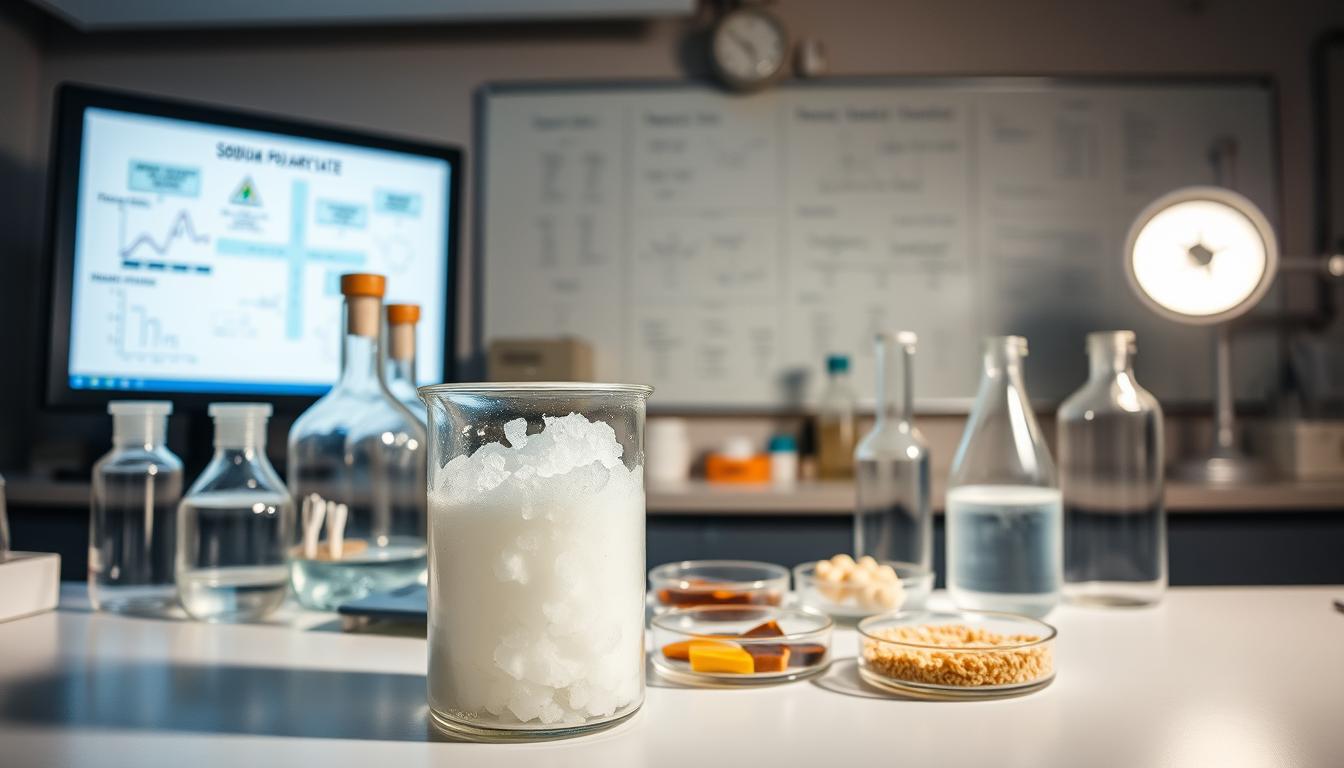








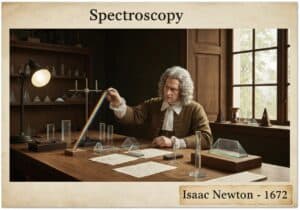


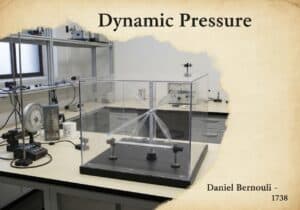


















Interesting read! Curious how sodium polyacrylates properties affect its use in hygiene products compared to other absorbents. Anyone got insights?
Interesting read, but how does sodium polyacrylates absorption properties affect its environmental impact? Any thoughts on biodegradability?
Sodium polyacrylates absorption is concerning, it isnt biodegradable. Its an environmental nightmare, honestly.
Interesting read! But, did anyone consider the environmental impact of Sodium Polyacrylate when its used in such large quantities?
Indeed, but its water-saving properties might just outweigh the environmental concerns.
Curious – could sodium polyacrylates water-absorbing properties be used to combat drought conditions in agriculture?